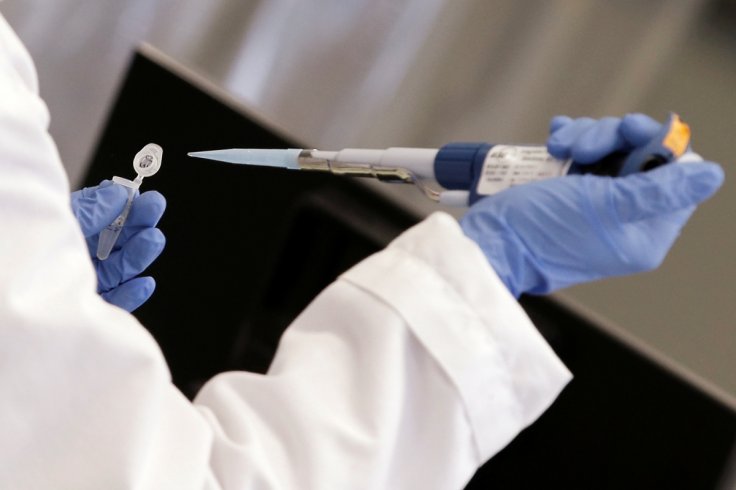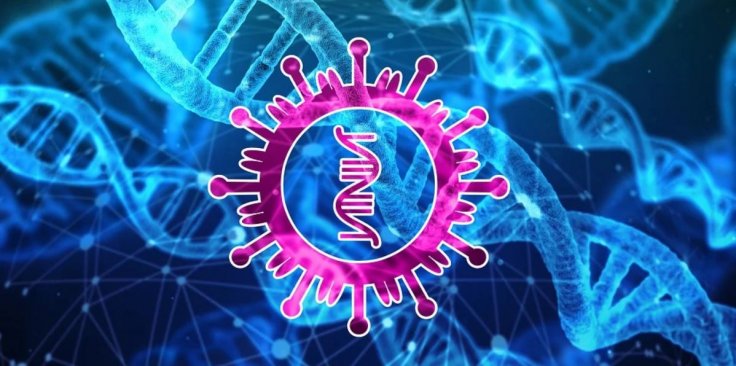The rampant spread of the novel coronavirus in the past three months has pushed more than 180 countries into an unprecedented health crisis with the number of deaths rising. Scientists across the world are leaving no stone unturned to find an effective vaccine against COVID-19 and providing some hope in the direction, researchers from the University of Waterloo have announced the development of a DNA-based vaccine that can be administered as a nasal spray.
The vaccine will employ bacteriophages, viruses that replicate within the bacteria that are already present in the body, and will hone in on tissues in the lower respiratory tract and the nasal cavity. It can also reduce the intensity of the infection in people already suffering from the disease, acting as a vaccine and a cure.
"When complete, our DNA-based vaccine will be administered non-invasively as a nasal spray that delivers nanomedicine engineered to immunize and decrease COVID-19 infections," explained Roderick Slavcev, a professor in the School of Pharmacy at the university, in a statement.

Producing VLPs that will be targeted by the body
According to the researchers, when the DNA-based vaccine is complete, it will be able to trigger an immune response in the body by producing a virus-like particle (VLP) after entering the cells of the targeted tissues. A VLP is a molecule that is very similar to a virus. However, it is not virulent as it does not possess any viral genetic material. The VLP produced by the vaccine will resemble the structure of the coronavirus that causes COVID-19—SARS-CoV-2—albeit, without any viral effects.
Another important function that the VLP will carry out is the limitation of potential infection sites in the body. It will accomplish this by binding with the receptors that the novel coronavirus binds with such as the ACE2 found in the lower respiratory tract (also the area that the vaccine intends to target). Thereby, reducing the potential receptor targets for the coronavirus to attack.
Through the initiation of such changes in the body, that vaccine will bolster the immune response against COVID-19, and also reduce the intensity of the infection in people already suffering from the disease. Therefore, it can fulfill two roles—a vaccine and a therapeutic.

Leaving no minute detail unchecked
As the vaccine is aimed at setting off a complex reaction within the body, the scientists are scrutinising every aspect of the process. This includes ensuring that only specific cells in the respiratory tract are targeted by the bacteriophages, and making sure that only the required amount of coronavirus-impersonating VLPs are produced.
"This research combines the expertise of many and leverages existing technology developed by my team, which we're reconfiguring for a COVID-19 application," said Slavcev.
A complex project calls for collaboration
In order to make sure that such a complex project achieves fruition, Slavcev is collaborating with experts from multiple disciplines at the university. For example, Emmanuel Ho, a professor at the School of Pharmacy, and his team are designing the nanomedication that will be administered through the nasal spray which is undergoing testing.
Also, the construction and purification of the VLP, along with boosting immunity after the vaccine is delivered, is being helmed by Marc Aucoin, professor of chemical engineering.

"It is the collaborative effort of our talented teams that makes this multidisciplinary project so feasible and necessarily efficient as a potential universal vaccine solution against SARS-CoV infections," said Slavcev.
The design of the delivery system for the bacteriophage has already been completed by Slavcev's team and is undergoing modification to adapt it to COVID-19. Further testing and additional designing of other elements are expected to be conducted later this year.









